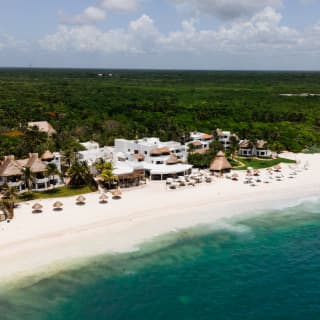
Maroma, A Belmond Hotel, Riviera Maya
Between the jungle and the wide open sea, experience the pulse of Maroma.
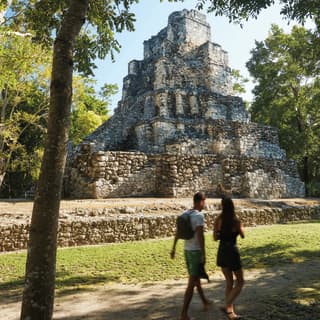
Beyond platinum sands and dazzling waves, a journey to the Yucatán opens a gateway to the past. Explore the best archaeological sites in the Riviera Maya and uncover the stories of the Mesoamerican cultures that came before them.
1 / 5
Imagine a Mexican pyramid, and there’s a good chance you’re picturing Chichén Itzá — one of the most emblematic archaeological sites of the Yucatán. Estimates say the original site was developed between 750 and 900 AD, but it wasn’t until the 10th century that the city rose to the status of a regional capital.
The primary draw is the main pyramid: the Temple of Kukulkan, devoted to the famed winged serpent deity seen across Mexico. The slope and panels of the stairs, ending in a serpent’s head, depict Kukulkan when seen in profile and are illuminated when night descends. Other important structures include the Temple of the Warriors, flanked by the Group of a Thousand Columns, and El Caracol, a round building with a spiral staircase thought to be a proto-observatory. There’s also the Cenote Sagrado, a sacred sinkhole and a place of pilgrimage for the ancient Mayans.
In the present: Neighboring Mayaland Resort hosts daily planetarium shows, giving a modern perspective on ancient stargazing.

2 / 5
Hidden among the endless emerald jungle of the Yucatán’s northeast, the journey to Coba feels like a quest in itself. Arriving by car or bus, guests circle the grand Coba Lagoon before arriving at the entrance to the archaeological park. To access the Mayan ruins, you’ll be offered a bike to navigate the rugged jungle paths; some of these vehicles feel like relics themselves. For the less adventurous, you can opt for a chauffeured cart or tackle the roads on foot.
The site is originally thought to have been settled in 50 BC but growth accelerated in 100 AD, quickly making it one of the most important and powerful cities in the Yucatán. At its peak, it controlled several trading routes and examples of myriad architectural styles indicate strong political ties with many Mesoamerican cities. The main Nohoch Mul pyramid is 42 meters high and can still be climbed today, providing an incredible view across the sea of verdant jungle.
In the present: North of Coba is Punta Laguna, an incredible place to explore the unspoilt natural beauty of the peninsula.
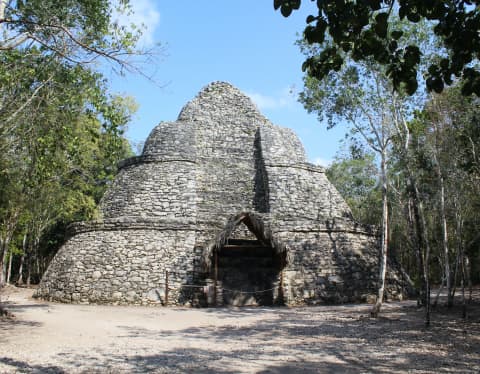
3 / 5
Heading south from Maroma and further past Playa del Carmen, you’ll reach Tulum. The town has a breezy, captivating and relaxed vibe, making the most of the incredible beachfront position. It’s also home to some incredible Mayan ruins; many consider Tulum to have some of the best preserved beachfront archaeological sites in Mexico.
‘Tulum’ is a more recent name, meaning ‘wall’, referencing the striking defensive measures of the city. Excavations indicate that the original name was probably Zama, meaning ‘city of dawn’, as the town faces the sunrise. The site was probably one of last cities constructed by the Mayans in the area, reaching its peak between the 13th and 15th centuries. It was a key port for the city of Coba, situated on intersecting land and sea trade lines, distributing across Mexico and even to Honduras. The temples of this site honor the descending god, as it was believed the waters around the site were an entry to the underworld.
In the present: AUTOR, a short drive from Tulum, provides modern Mexican fine dining, curated by an ever-changing guest chef.
Visit Tulum with Belmond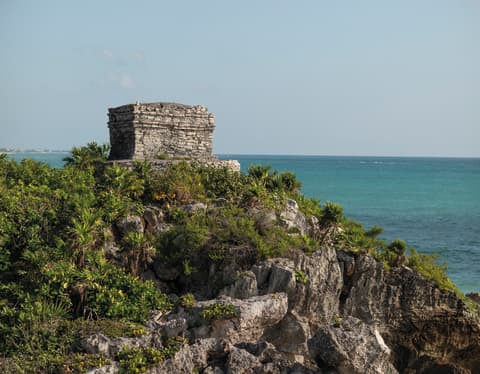
4 / 5
Northwest of Coba, about two hours from Playa Maroma, you’ll find the archaeological park of Ek’ Balam. Lesser known than the previously mentioned sites, Ek’ Balam is often quieter and more tranquil. It also has a distinct selling point of housing some of the best-preserved architectural details in the peninsula; particularly the stucco façade on the main temple—the Acropolis—which also houses incredible wall paintings and calligraphy.
Parts of the site began construction around 100 BC, but the city reached its peak between 770 and 840 AD, with an estimated population of around 20,000. It’s name, meaning Black Jaguar, and the notably high defensive walls, suggest it was a very important settlement. A fourth wall within the center is more hastily constructed, supporting theories of a hurried desertion from the site.
In the present: For the adventurous, nearby Cenote Maya Park combines the beauty of a sacred cenote with the thrill of ziplining and rappelling into the waters.
Visit Ek' Balam with Belmond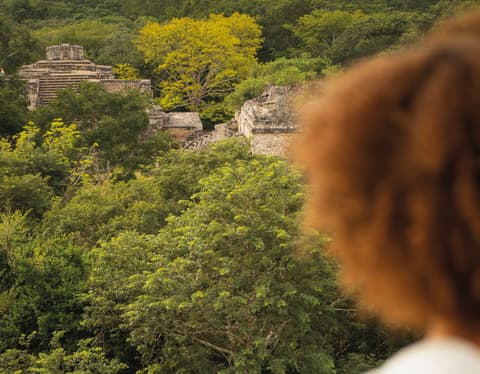
5 / 5
Found at the crossroads of Chichén Itzá, Ek’ Balam and Coba, the city of Valladolid offers a snapshot into Mexico’s colonial past. The settlement was established in 1543 by a nephew of Spanish conquistador Francisco de Montejo. It was constructed over a Mayan town called Zaci-Val, with the buildings dismantled for their stone, and the new city was named after the Spanish capital of the time. It was the site of many conflicts between the Maya and the dominant Hispanic populations; it wasn’t until the Mexican Revolution that reforms were introduced to ease just some of the Maya grievances.
Visitors to Valladolid will find some exceptional examples of colonial-era architecture, including the Cathedral of San Servacio, the Convent of San Bernardino de Siena, and the bustling central plaza of Parque Principal Francisco Cantón Rosado. There is also a stunning cenote, named after the original Maya settlement, right in the middle of town.
In the present: Don Diablo Rooftop provides elevated modern Mexican cuisine and cocktails with equally elevated city views from the terrace.
Visit Valladolid with Belmond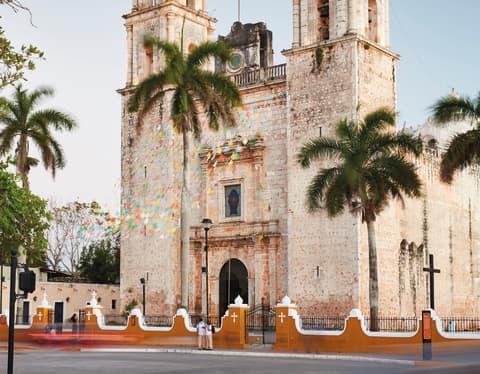

Between the jungle and the wide open sea, experience the pulse of Maroma.
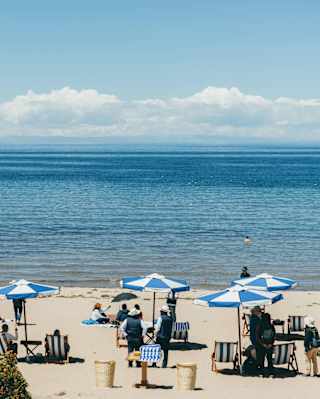
Most beaches meet the sea, however, this one greets the sky. Stake your spot at Collata Beach on Lake Titicaca’s Taquile Island, where Belmond’s Andean Explorer is offering a rare trip to the shore at an altitude of nearly 4,000 metres.
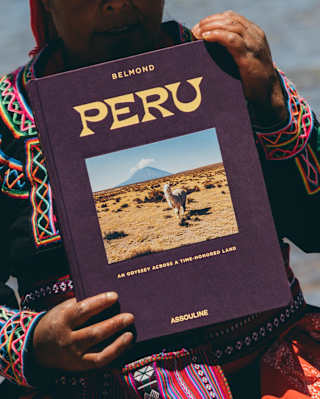
In this extract from “Peru: An Odyssey Across a Time-Honoured Land,” a new book published by Assouline in collaboration with Belmond, journalist Catherine Contreras reveals a Peru travel guide, inviting readers to explore one of the planet’s most captivating destinations and showcasing the beauty of the locations where Belmond’s hotels and trains are found throughout Peru.
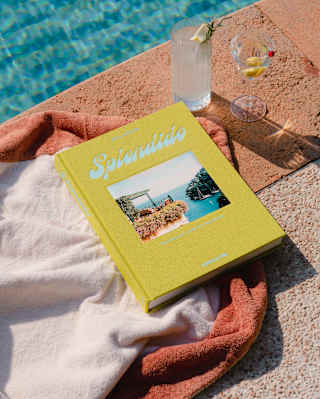
For the new Belmond Assouline travel book, British journalist Matthew Bell dives into the history of Splendido to tell us the tales of the gem of the Italian Riviera. The hotel, which has entered a new chapter on the radiant stage of Portofino after a painstaking renovation, transforms into a mythical legend in the new Assouline travel book – discover an excerpt from the guide and read about the secret stories behind the iconic destination.
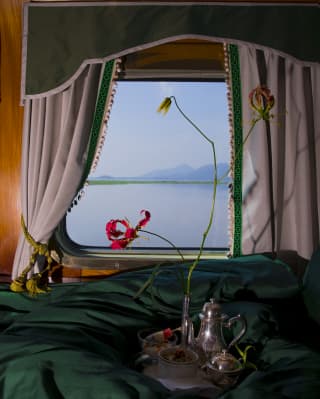
Belmond continues to shape the future of luxury train travel, marked this year by the arrival of the Britannic Explorer, the first train of its kind in England and Wales. Monisha Rajesh – author of four travel books including ‘Moonlight Express: Around the World by Night Train’ – discovers why slow travel is having a resurgence.
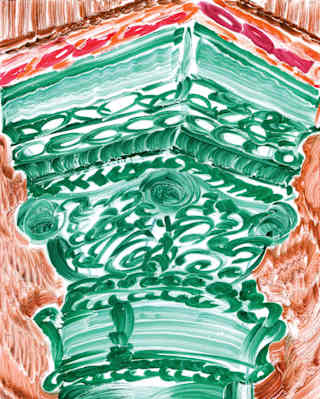
As proud custodians of historic properties near cultural and natural wonders, Belmond’s hotels and trains are the perfect choice for travellers with a historical hankering. Whether you’re marvelling at the ingenuity of the ancient Romans in Britain or the wonders of the Mayas in Mexico, our properties are your gateway to the past.
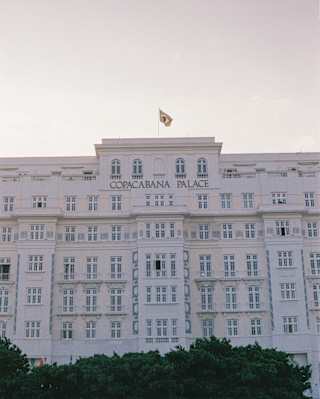
Welcome to Copa, the legendary stage for the most glamorous encounters and iconic revellers. This is the place where Rio entertains and enchants. The place where Rio starts.
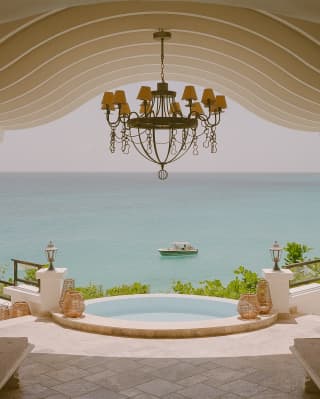
Perched above Baie Longue, La Samanna is a place where elegance and tranquillity mingle in perfect harmony. Step inside our legendary hotel, in the heart of Terres Basses.